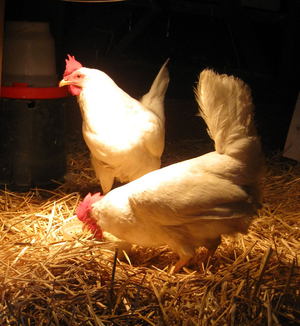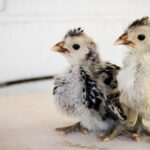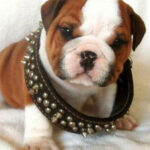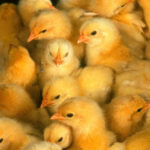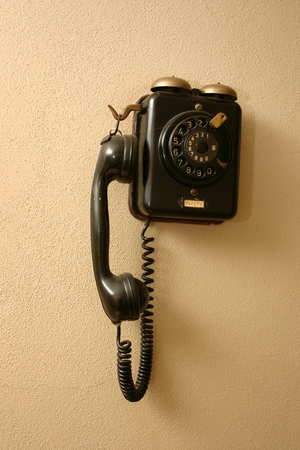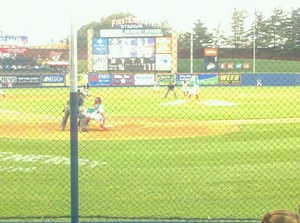When we bought a small flock of chicks a few years ago, a heat lamp was how we kept the little gals warm until they developed feathers. Heat lamps are special infrared lamps that duplicate the infrared rays of the sun. These rays don’t heat up the air but are instead absorbed through an animal’s skin as “heat energy.” A properly placed heat lamp can keep nesting areas warm, and gives the animals a warm place to move into out of the chilly air.
Heat lamps are a terrific way of keeping small pocket pets, aging dogs & cats, and baby farm animals warm. They are both inexpensive to operate, simple to install, and provide a warm area for animals to enjoy. These lamps do come with a certain amount of risk however. If you are thinking of using a heat lamp to keep your animals warm, the following safety tips are important to keep in mind:
1. Use the proper equipment for the animal. Heat lamp bulbs come in a wide range of wattages, ranging from 25 watts for lizards all the way up to 250 watt bulbs used for livestock.
However, instead of selecting any old heat bulb and heat lamp off the store shelf of your favorite Feed & Seed Farm store, ask a knowledgeable clerk for the proper lamps for your animal and the space to be heated. He (or she) can best advise you as to the type of heat lamp that will work for your pets, and how they should be installed.
The best lamps seem to be the ones that can be suspended from a chain, have ceramic collars, a metal deflector shield, a wire covered cage (called a bail) which will tip a fallen lamp away from bedding material, and a heavy duty appliance cord. The store clerk can also suggest the proper wattage lamp for your pet as well.
2. Suspend the lamp at the proper distance. While baby chicks need the heat lamp placed 18 inches away from their nesting areas, and baby pigs requiring 24 inches, most baby animals should have the lamp set at a distance six inches higher than the animal can reach. Clamp lamps will work for smaller animals, larger lamps should be suspended from the ceiling with a chain since it’s unsafe to suspend a lamp by its cord.
To contain the heat, the lamp may have to be aimed into a corner. This gives the animal maximum warmth while providing a space to get out of the heat in case of overheating. For newly hatched chicks, the nesting area will have to be enclosed with cardboard to prevent the chicks from wandering out in the cold.
3. Proper Wiring. Proper wiring is also something to consider. From the University of Missouri Extension Office can be found (click here) an informative article about wiring standards for heat lamps.
When it comes to heat lamps and animal safety, preventing accidental fires and overheating are the two major areas to be mindful of. Selecting a UL approved heat lamp with the correct wattage bulb, and then installing it properly will keep your animals warm without the risk of fire or overheating.
sources:
http://extension.missouri.edu/publications/DisplayPub.aspx?P=G1170
